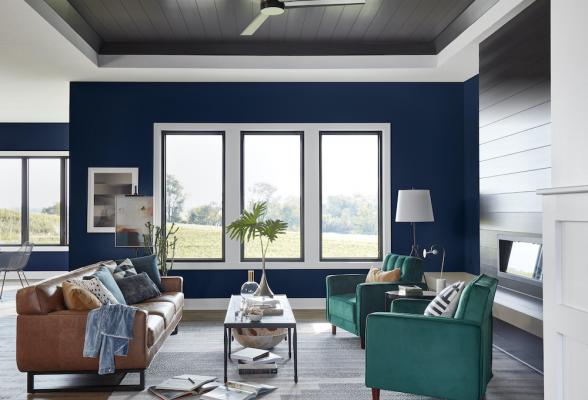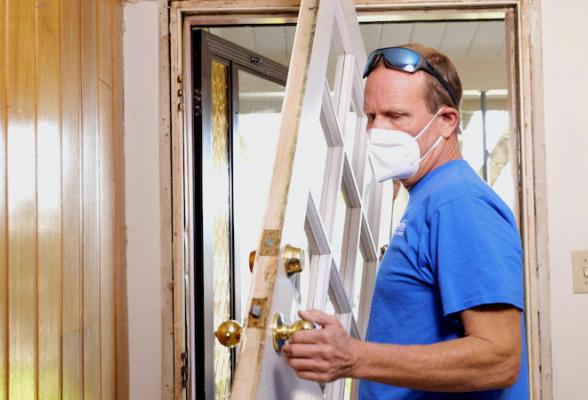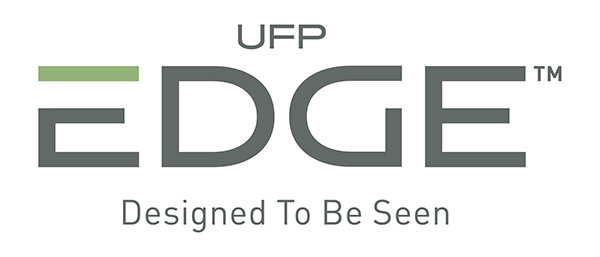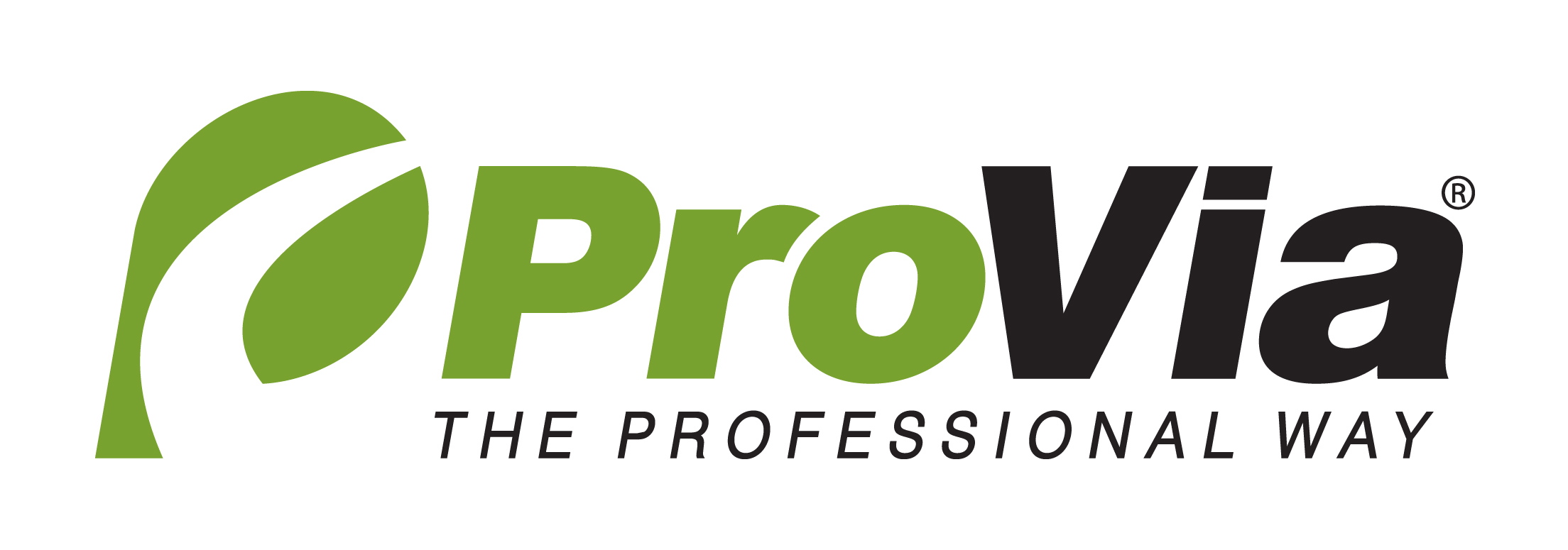How Remodelers Can Address Changing Home Dynamics With Window Design
Remodelers can leverage windows to increase comfort and functionality during the pandemic and beyond.
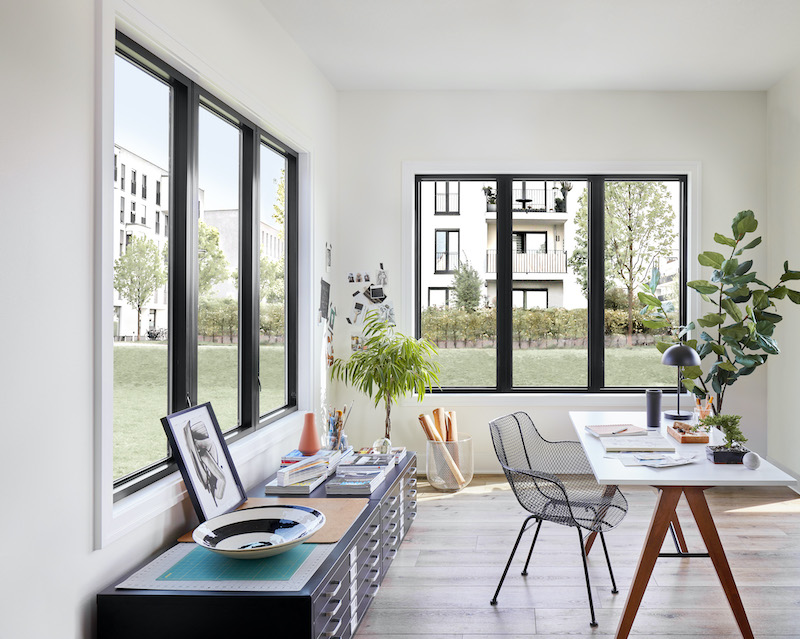
Practically overnight, the pandemic changed the way Americans use their homes. For many, the home has become a full-time workplace and a virtual school, as well as a place of sanctuary from outside threats to safety and health.
But not all houses are equipped for these new roles. As homeowners work their way through home improvement projects and design to-do lists, there are a number of ways remodelers can leverage windows to increase comfort and functionality.
Here are a few trends to consider:
Adaptability and practicality: The pandemic has reinforced the home as a place of escape, notes Nicole Willis of Pella. As such, it’s forced homeowners to truly think about how they use each room to ensure it works for them. For example, mud rooms are likely to become more popular, providing a place to take off contaminated shoes and clothes and wash hands. Kitchens need more outlets to accommodate homeschooling children on laptops. In guest-rooms-turned-home offices, consider how the positioning of windows may add adequate natural lighting or create glare.
• Ventilation: Though builders and remodelers have been discussing indoor air quality for some time, COVID-19 is driving home with consumers the need for proper ventilation and the importance of fresh air movement. It’s a great time to have conversations with customers about window selection and placement and how those decisions can help create natural ventilation throughout the home. For Pella’s fiberglass Impervia windows, which were used for the Model Remodel project, the Inview screen permits airflow while protecting against bugs and letting in 14% more light than traditional fiberglass screens, according to the company.
• Safety & security: “With homes being our refuges, it’s important to talk about what makes people feel comfortable,” Willis says. This includes details like impact-resistant glass to protect against wind-blown debris and intruders. Pella also offers Insynctive technology, which allows homeowners to see the open/close status of their windows, as well as operate blinds and shades remotely, with a smartphone app.
• Noise control: Creating a sanctuary—and conducting a Zoom call—is difficult if outside sounds are overpowering. Pella’s noise-reduction windows may incorporate additional panes of glass, varied glass thicknesses, and insulated frames to help block out excess noise. Inside, remodelers can consider sound-control gypsum and heftier interior doors to control sound travel from other rooms into the home office.
For more window trends, see our previous blog post.
